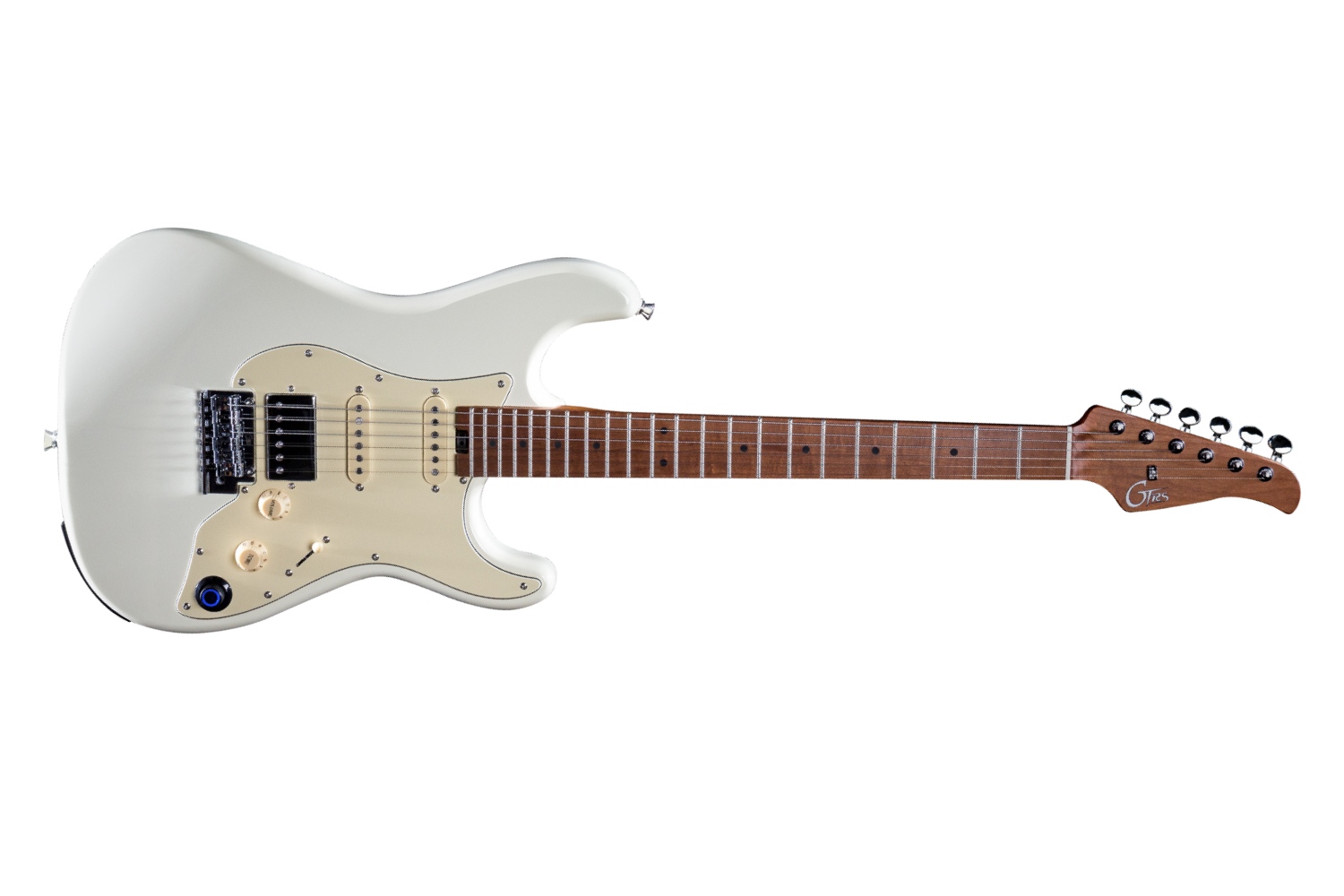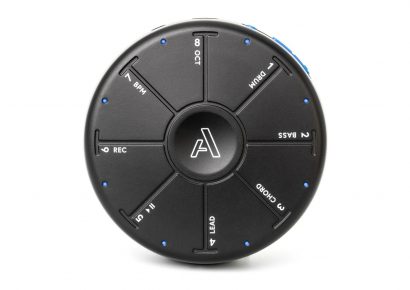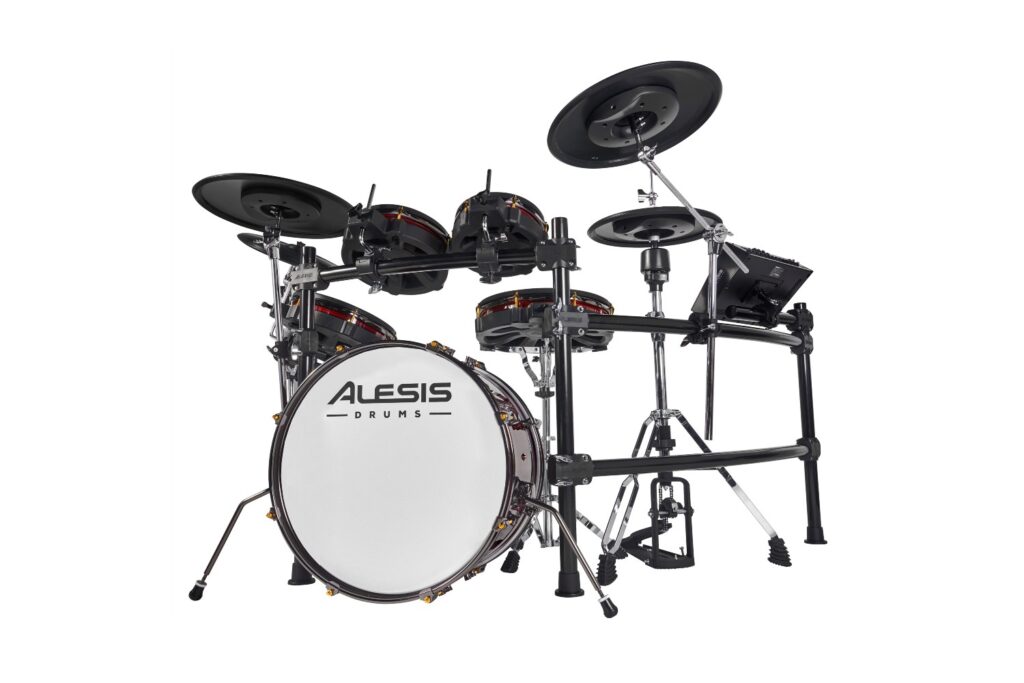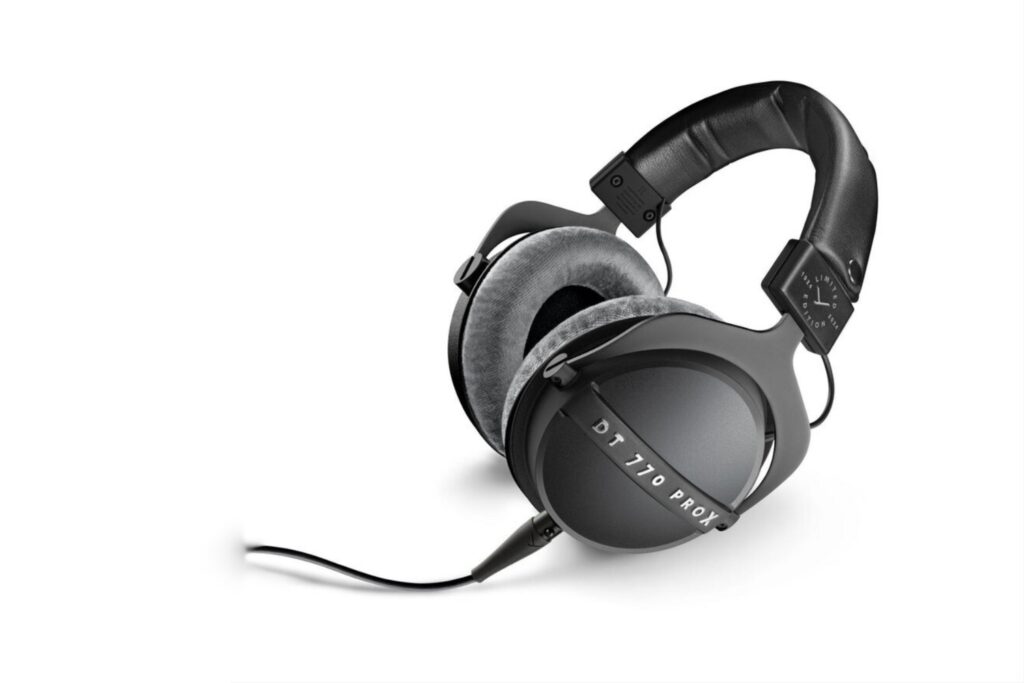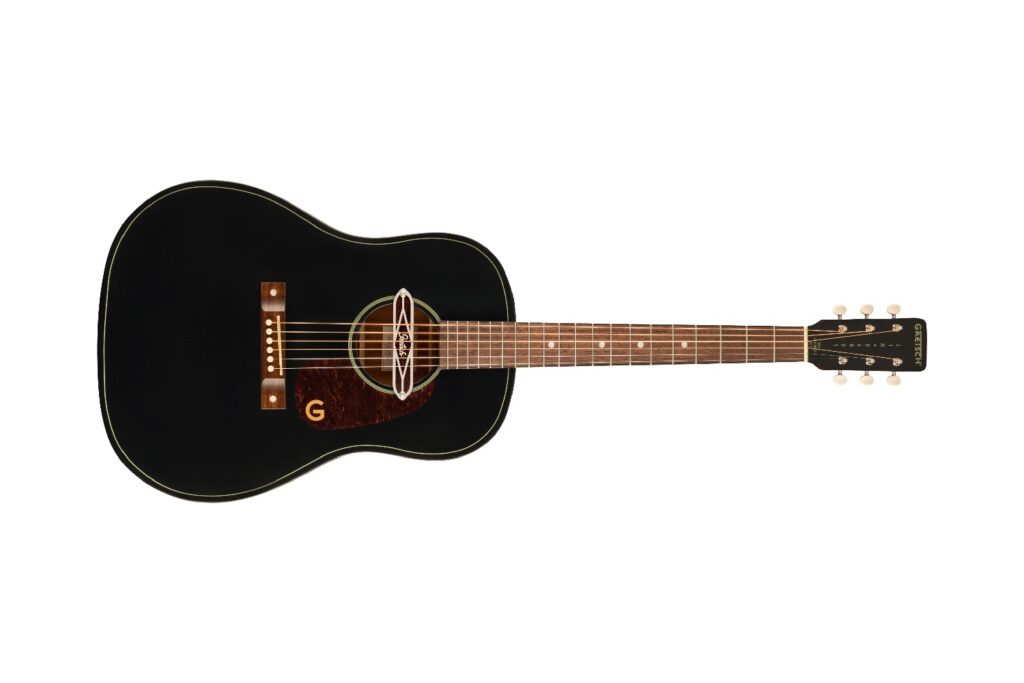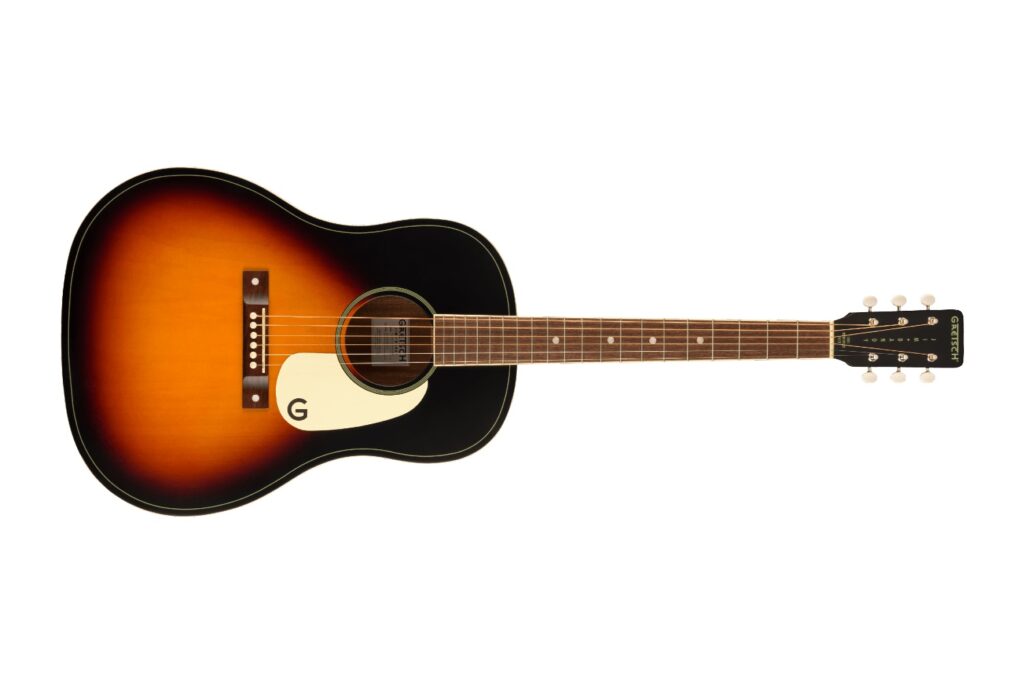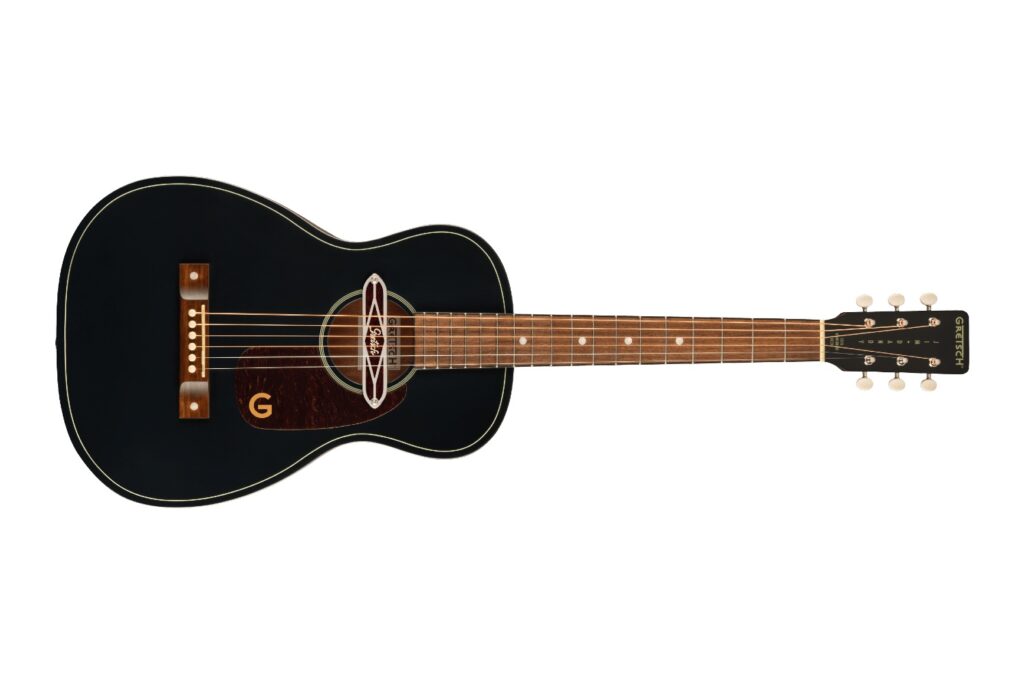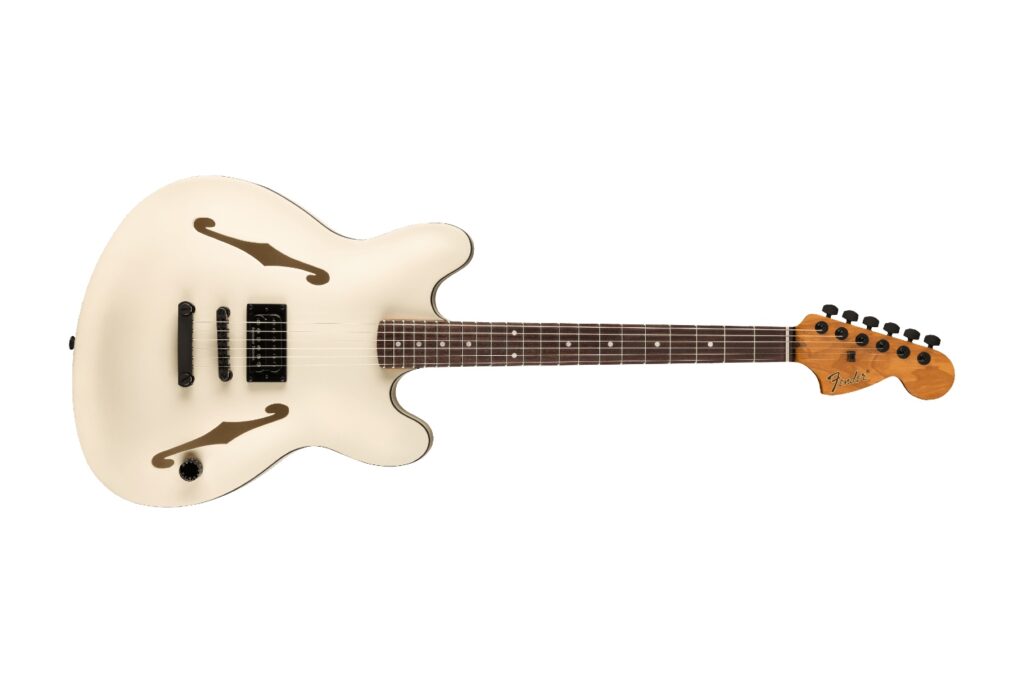Jade MC Australia | RRP: $1,199
There have been guitars with built-in effects before, stretching way back. You could get guitars with built-in phasers and fuzzes in the ‘60s, and there have been all sorts of oddities since then. But a lot of these instruments have been pretty entry-level in quality, clearly cutting corners on the finer intricacies of guitar manufacture in order to get in below a price point – or coming in way too expensive like the ill-fated Gibson Firebird X.
Mooer has clearly designed their GTRS guitars to hit the sweet-spot: a definitely-above-entry-level guitar with hybrid digital and analog guts, interfacing with a mobile app and a wireless footswitch. It really looks like this guitar sets out to achieve many of the things that would have been cool about the Firebird X if that project was thought through a little more and didn’t wind up crushed under tractors by the previous Gibson management.
Read more gear reviews here.
Let’s back up though and look at the guitar itself. This is a clearly Strat-influenced double-cutaway solid body electric guitar, and even if it didn’t have super-brainy guts it would be an impressive instrument thanks to its roasted Canadian hard maple neck. The neck is obviously where most of your focus goes when playing guitar, and it’s amazing how often an instrument is let down by this crucial link in the chain. Not here. Mooer has put a lot of work into designing a neck that feels great: it’s a little thicker than some, but not in a baseball-bat kind of way, and the satin finish gives you plenty of facility to zip up and down the neck. The edges of the fingerboard are nice and smooth, and the frets are well-finished. It’s not quite an Ernie Ball Music Man-level neck, but it does seem to share a number of similarities with that company’s design choices, including the positioning of a truss rod adjustment wheel at the body end of the fretboard.
The body is made of American basswood, a common tonewood known for its even EQ distribution and suitability as a platform for effects, since it doesn’t typically present the sort of unfriendly frequency bumps that might cause weird mushy smears when they encounter modulation effects. The hardware is your basic Strat-style configuration, with six decent tuners, a fairly standard two-point fulcrum tremolo bridge with pressed saddles, and a five-way pickup selector (in this case employing a single master tone control along with the volume pot). The overall weight is a little heftier than the average solid body electric, but not at back-breaking vintage Les Paul levels.
The pickups are Mooer-designed, a pair of single coils in the bridge and neck positions, each of which is specifically voiced for its placement, plus an Alnico bridge humbucker under a chrome cover. Overall the GTRS S801 has the look of a hot-rodded, Fender-inspired boutique instrument like an LSL or a Suhr, until you note the oddly shaped pickguard and the lowest control knob, the ‘super knob’, which is your access point to the GTRS Intelligent Processor System.
The GTRS system gives you access to a whole bunch of effects that can then be saved for access by tapping the top of the super knob. We’re talking dozens of effects and amp simulations. You want overdrive? There are models of Mooer originals plus pedals by Ibanez, Klon, Fulltone, Marshall Suhr, BOSS, EHX, ProCo, and others. There are dynamic effects including auto-wash, compressor, and envelope filter. Modulations including flangers, phasers, tremolo, rotary, chorus, ring modulator, and vibrato. A bunch of vintage and modern delays and reverbs.
And then there are 51 amp models and 22 cabinets based on classics from Hiwatt, Marshall, Peavey, Blackstar, EVH, ENGL, Orange, Mesa Boogie, Two Rock, Diezel, Soldano, Jet City, Koch Fender, Dr. Z… this thing is loaded with amp options, although you can turn the amp sim off if you want to just run straight into a real amp while still using the guitar’s onboard effects. You can listen through headphones plugged directly into the guitar, you can plug into a mixing desk, audio interface or other FRFR device, or plug into an amp. Imagine rocking up to, say, a covers duo gig and not even needing to plug into a pedalboard, let alone an amp. Just straight into the PA system and off you go.
The GTRS App is your editing software which lets you dial in your tones and save them to the guitar, and it also speaks to the four-button wireless footswitch. Both the guitar’s robot brain and footswitch use rechargeable batteries, so as long as you’re all charged up before a show, you’ll be ready to rock.
There are far too many sounds to go into here, but suffice to say there’s a huge range of musicality contained within the extensive slate of overdrives, distortions, fuzzes, amps, modulations, and time-based effects, and the stock presets that the guitar ships with are perfectly voiced to give you an idea at a glance for what you can expect. And that’s before you even start to dig into the options presented by the app. Some players might want to simply have a handful of effects at their disposal to send to a conventional amp: maybe an overdrive, a distortion, a wah-wah, and a flanger just waiting there on the super knob to be engaged as needed. But others will fully explore the vast world of options presented by a fully functional amp-and-effect system at your fingertips.
There’s something jarringly cool about being able to plug a guitar directly into an audio interface and hear sweet reverb and responsive amp tones coming directly out of the guitar itself. And the fact that it’s accomplished on an instrument with such a playable, comfortable, high-quality neck is more than icing on the cake: it’s a crucial ingredient in making this a serious instrument rather than a fun curio.
Head to GTRS for more information. For local enquiries, reach out to Jade MC Australia.
